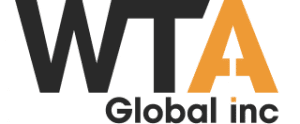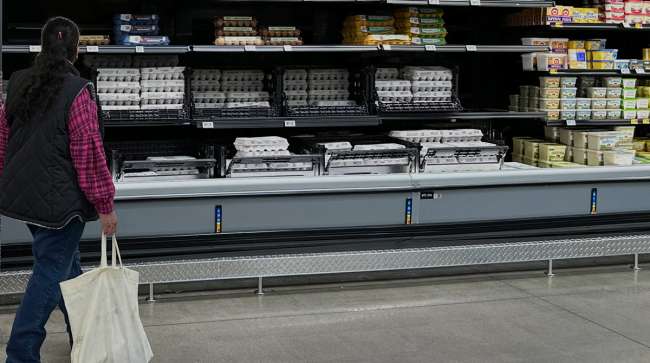Excluding volatile food and energy prices, wholesale costs were up 0.1% from April and 3% from May 2024. (David Zalubowski/Associated Press)
WASHINGTON — U.S. wholesale prices rose modestly last month from a year earlier, another sign that inflationary pressures remain mild.
The Labor Department reported June 12 that its producer price index — which measures inflation before it hits consumers — rose 2.6% in May. Producer prices rose 0.1% from April to May after dropping 0.2% the month before.
Excluding volatile food and energy prices, wholesale costs were up 0.1% from April and 3% from May 2024.
The readings were slightly lower than economists had forecast.
Wholesale energy prices were unchanged, although gasoline prices rose 1.6% from April after falling the month before. Food prices at the wholesale level ticked up 0.1% after dropping 0.9% in April. Egg prices, volatile because of the bird flu, rose 1.4% following a 39.3% drop in April; they are up 125% from May 2024.
The report came a day after the Labor Department said that consumer prices rose a modest 0.1% last month from April and 2.4% from a year earlier.
Since returning to office, President Donald Trump has rolled out 10% tariffs on nearly every country in the world as well as specific levies on steel, aluminum and autos. Importers in the United States pay the taxes and pass them along to consumers via higher prices when they can. For that reason, economists expect inflation to pick up later this year.
So far, his tariffs don’t seem to have had much of an impact on prices overall.
Wholesale prices can offer an early look at where consumer inflation might be headed. Economists also watch the index because some of its components, notably health care and financial services, flow into the Federal Reserve’s preferred inflation gauge — the personal consumption expenditures, or PCE, index.
Inflation began to flare for the first time in decades in 2021, as the economy roared back with unexpected strength from COVID-19 lockdowns. That prompted the Fed to raise its benchmark interest rate 11 times in 2022 and 2023. The higher borrowing costs helped bring inflation down from the peaks it reached in 2022, and last year the Fed felt comfortable enough with the progress to cut rates three times.
But it has turned cautious this year while it waits to see the inflationary impact of Trump’s trade policies. The central bank is expected to leave rates unchanged at its meeting June 17-18.
“There is no incentive for the (Fed) to debate hiking rates in today’s figures,” Carl Weinberg, chief economist at High Frequency Economics, wrote. “In fact, if the Fed did not know that tariff increases were in the pipeline, it might even contemplate cutting rates.’’






